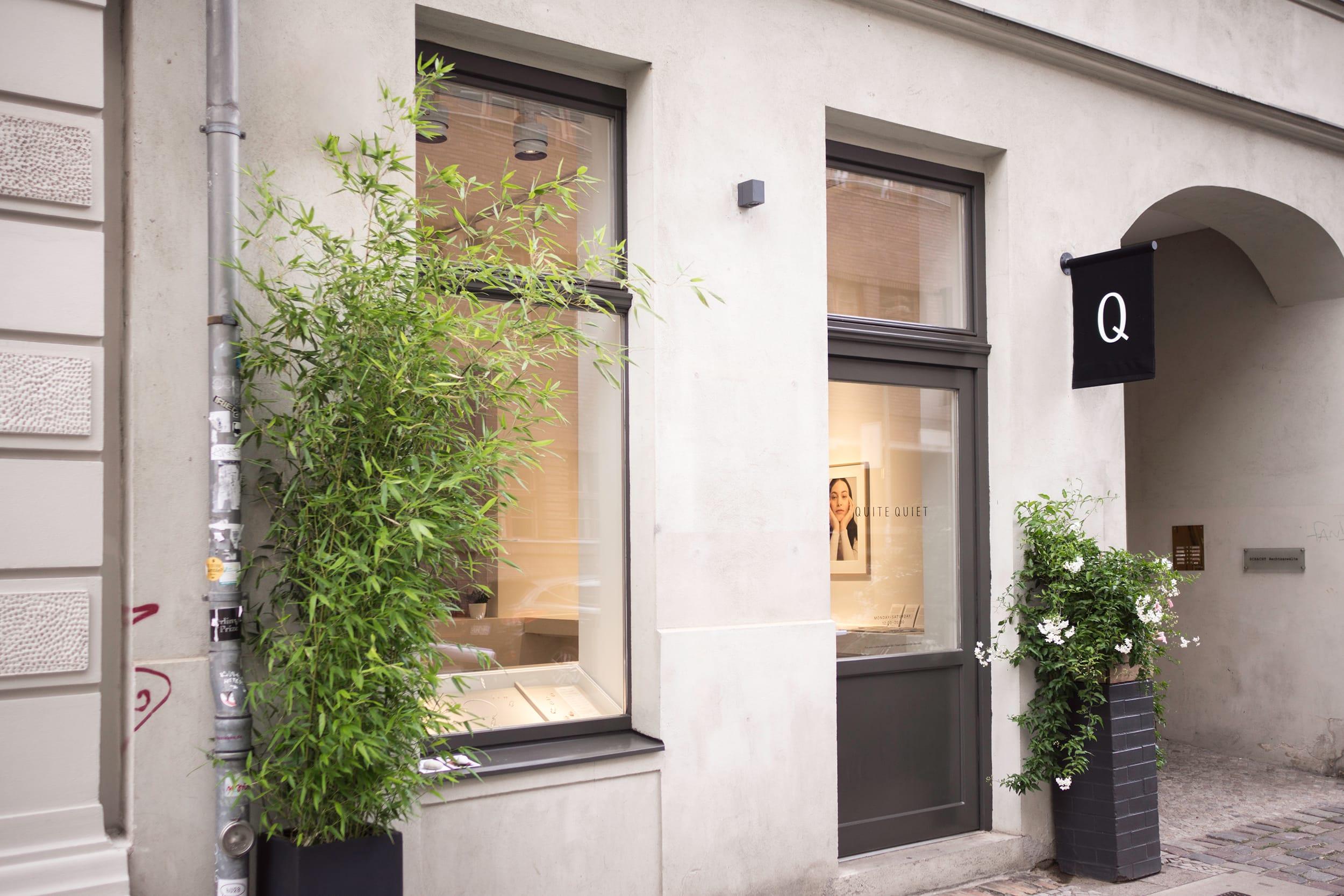The Evolving Landscape of Jewellery Stores

Introduction
The jewellery store industry has long been a staple of consumer culture, providing not just adornments but also symbols of love, status, and craftsmanship. As we move through 2023, the importance of jewellery stores has only heightened, shaped by shifting consumer preferences and a growing demand for personalized experiences. With the advent of sustainable and ethical sourcing, the jewellery market continues to evolve, making it crucial for stakeholders to stay updated on current trends and practices.
Current Trends in the Jewellery Store Industry
One significant trend observed in jewellery stores is the increasing emphasis on sustainability. Many consumers are opting for eco-friendly and ethically sourced gemstones, prompting stores to adapt their offerings. In response, retailers have started to highlight their sourcing practices, often providing transparency about the origins of their materials.
Additionally, the demand for unique, personalised jewellery has surged. Customers are increasingly seeking out bespoke pieces that reflect their individual stories and style. Many jewellery stores are now offering custom design services, allowing clients to collaborate directly with artisans. This trend not only enhances customer engagement but also fosters a deeper emotional connection between the consumer and the product.
Technological Advances in Jewellery Retail
The integration of technology into jewellery stores has also transformed how consumers shop. Online platforms have expanded their reach, allowing small businesses to compete with larger chains. Virtual try-on features and augmented reality applications enable customers to visualise how pieces will look before making a purchase, enhancing the online shopping experience and bridging the gap between traditional and digital retail.
Challenges Facing Jewellery Stores
However, despite these advancements and trends, the jewellery store industry faces challenges. Competition from online retailers remains fierce, compelling brick-and-mortar stores to adopt omnichannel strategies to retain their customer base. Additionally, the ongoing effects of the pandemic have reshaped consumer behaviour, with many preferring the convenience of shopping from home.
Conclusion
The jewellery store sector is undergoing significant transformations, driven by sustainability, technology, and changing consumer preferences. As the market continues to adapt, retailers who embrace these changes and prioritise customer experience will likely thrive. Moving forward, stakeholders should focus on maintaining ethical practices, enhancing digital platforms, and tapping into the personalised jewellery trend to stay relevant in this competitive landscape. The future of jewellery stores promises to be both challenging and rewarding, as they navigate the complexities of a modern marketplace.
